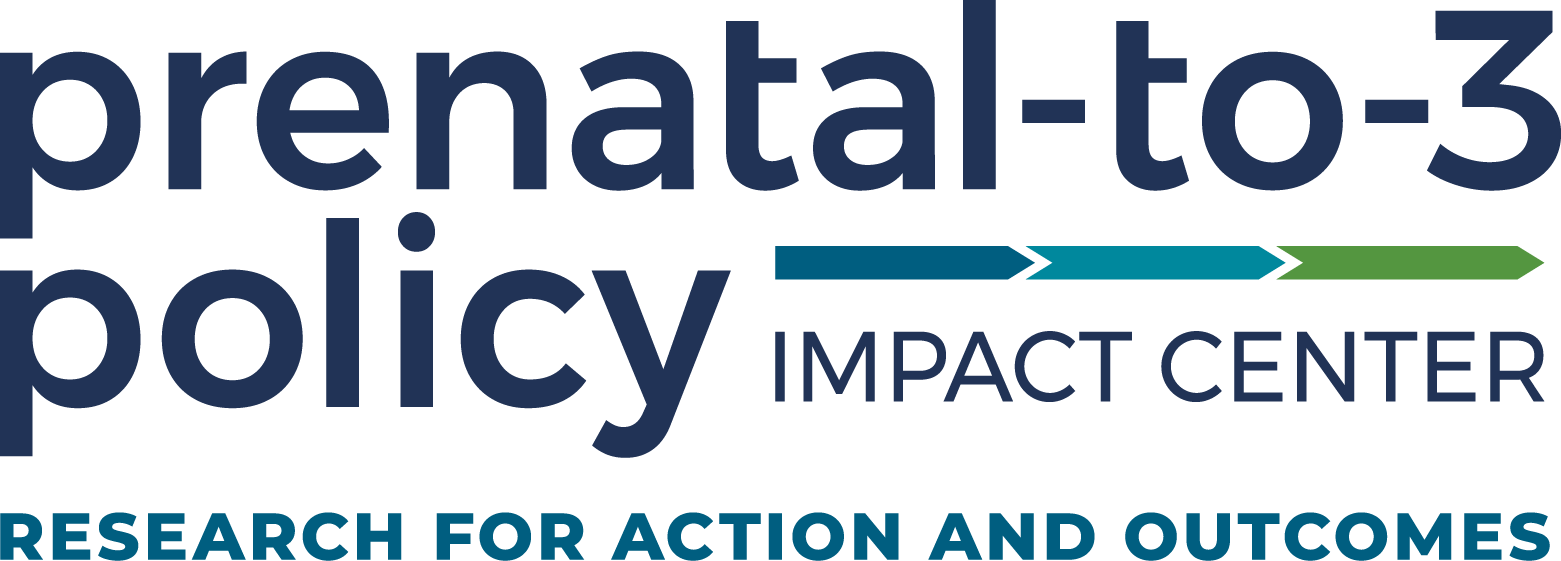Paid family leave is one of the five most effective policies that a state can implement to make sure children get off to a healthy start and thrive, and that promote greater equity in child wellbeing.
The federal Family and Medical Leave Act provides new parents with up to 12 weeks of time off following a birth – but this leave is unpaid, leaving this benefit out of reach for most new parents.
The most rigorous research studies show that access to paid leave following the birth, adoption, or the placement of a child into foster care:
| IMPACT OF PAID FAMILY LEAVE | EVIDENCE OF IMPACT |
Boosts maternal labor force attachment |
|
Increases a family’s economic security |
|
Improves maternal mental health |
|
Fosters better parent-child relationships |
|
Supports child health and development |
|
Visit the Clearinghouse for the comprehensive evidence review on Paid Family Leave.
The prenatal period to age 3 is the most sensitive and rapid period of growth for the brain and body. State policy choices have a substantial impact on the wellbeing of infants, toddlers, and their parents, and on promoting equity among children. See the Prenatal-to-3 State Policy Roadmap for more information on the most effective policies and strategies states can implement to help children thrive from the start.
Have questions? Please contact us.



